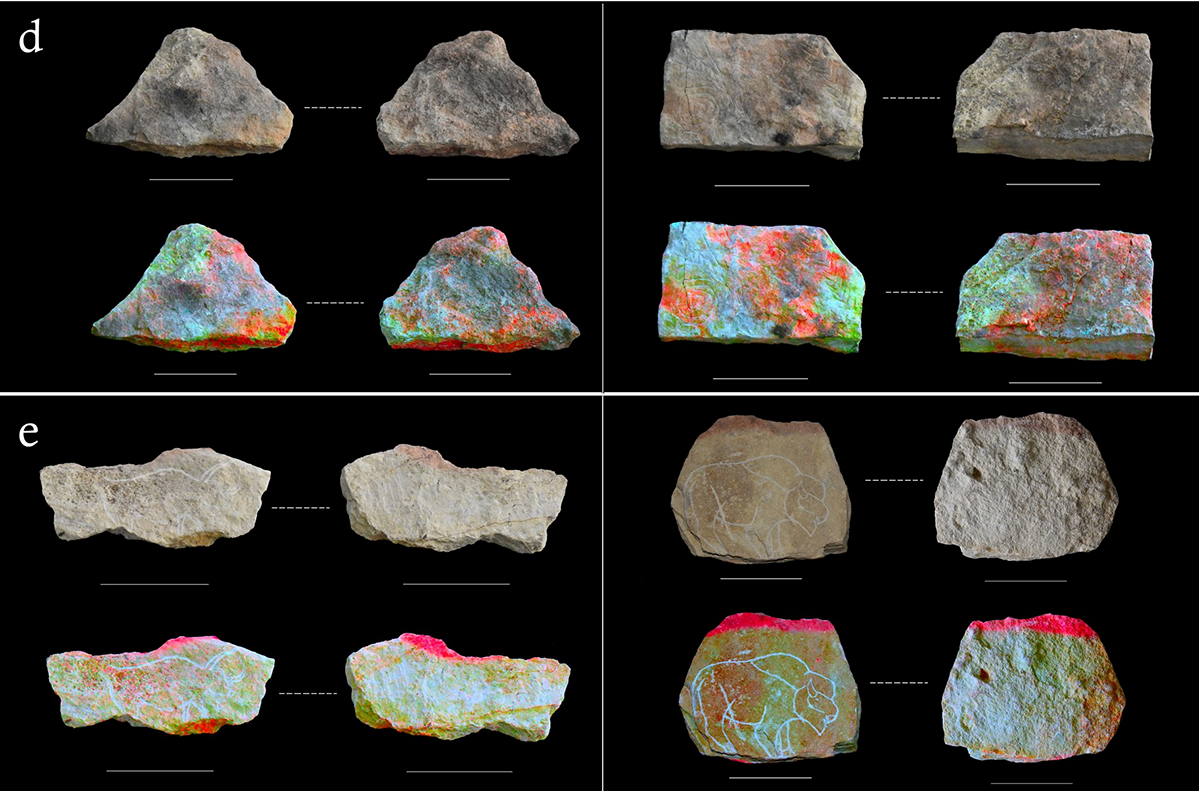Our Stone Age ancestors spent evenings by the fire telling stories. They used a kind of early form of animation – they placed pictures engraved on stone slabs by the fire, where the flickering light created the illusion of movement. It was like watching an animated story.
Stone Slabs with Engravings
Researchers at universities in the northern English cities of York and Durham examined fifty stone tablets from the British Museum’s collections, on which ancient hunters and gatherers engraved pictures about 15,000 years ago. Limestone tiles were discovered by archaeologists in a rock cavity in the south of France during the 19th and early 20th centuries. They depict various animals, especially horses, deer, bison, wolves, and ibex.

British scientists on the edges of some of the engraved stones have identified patterns of flame damage, evidence that prehistoric people placed tiles close to the fire. The researchers conducted a series of experiments in a self-built prehistoric camp and virtual reality to find out why. They also reconstructed their stone tiles in their original form with clear white lines and spread them around the fireplace.
The Trick Works on a Brain Setup
The study said that the human brain is specially adapted to interpret changing light and shadow as movement and to identify the forms it is visually familiar with within these changing light conditions. Thanks to the flames and the placement of several plates, the engraved animals would “come to life” as if animated.

“We also experimented at night, when the fire’s flickering light was a full effect. When the engraved shapes came to life, it was quite an exciting experience, “said study co-author Izzy Wisher from the University of Durham.
According to Wisher, the stove tiles could also fulfill a practical function, marking the edge of the fireplace. “It was a society that lived with animals. They spent their whole lives tracking them, hunting, thinking about them, processing their skins into clothes. Therefore, I do not believe it is an exaggeration to think they even talked about animals, “the scientist concludes.
Source and credit: https://journals.plos.org/plosone/articleid=10.1371/journal.pone.0266146




